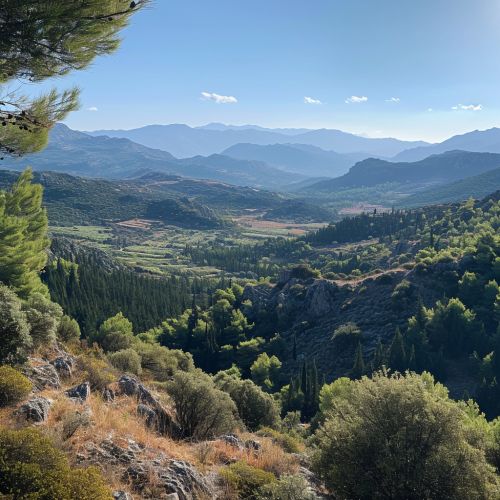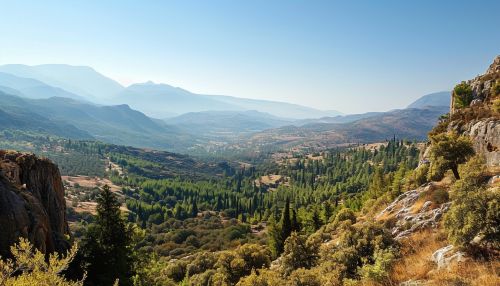National Parks in Greece
Introduction
Greece, a country known for its rich history, diverse culture, and picturesque landscapes, is also home to a number of national parks. These parks, which are scattered throughout the country, offer a unique glimpse into the country's diverse ecosystems and natural beauty. From the rugged mountains of Pindus to the tranquil waters of the Ionian Sea, Greece's national parks provide a sanctuary for a wide variety of flora and fauna, while also offering numerous opportunities for outdoor activities such as hiking, bird watching, and wildlife photography.
History and Legislation
The concept of national parks in Greece was first introduced in the early 20th century, with the establishment of the Olympus and Parnassos National Parks in 1938. These parks were created under the Greek Forest Law, which aimed to protect and preserve the country's natural resources. Over the years, the number of national parks in Greece has grown, with the most recent additions being the Prespa and Amvrakikos Wetlands National Parks, established in 2009.
The management and protection of national parks in Greece is governed by the Ministry of Environment and Energy, through the National Parks Management Agency. This agency is responsible for the implementation of conservation measures, the promotion of scientific research, and the development of educational and recreational activities within the parks.
Geographical Distribution
Greece's national parks are distributed throughout the country, covering a wide range of ecosystems. The northern region of the country, known for its mountainous terrain, is home to several national parks including the Pindus, Vikos–Aoös, and Prespa National Parks. These parks are characterized by their high peaks, deep gorges, and dense forests.
In the southern region of the country, the national parks are predominantly coastal, such as the Zakynthos National Marine Park and the Samos National Park. These parks offer a unique combination of marine and terrestrial ecosystems, with a rich biodiversity that includes numerous endemic and endangered species.


Flora and Fauna
The national parks in Greece are home to a rich variety of flora and fauna, some of which are endemic to the country. The parks' diverse ecosystems, which range from alpine meadows and dense forests to wetlands and coastal areas, provide habitats for a wide range of species.
In terms of flora, the parks are home to a variety of tree species, including the Greek fir, black pine, and the endemic Bosnian pine. The parks also host a wide range of herbaceous plants, many of which are endemic to Greece.
The fauna in Greece's national parks is equally diverse. The parks are home to a variety of mammal species, including the brown bear, the European otter, and the Balkan chamois. Bird species are also abundant in these parks, with species such as the golden eagle, the peregrine falcon, and the Dalmatian pelican being commonly sighted.
Conservation Efforts
Conservation is a key aspect of the management of national parks in Greece. The National Parks Management Agency, in collaboration with various environmental organizations and research institutions, implements a range of conservation measures aimed at preserving the parks' natural resources and biodiversity.
These measures include the monitoring of wildlife populations, the restoration of degraded habitats, and the implementation of measures to control invasive species. Additionally, the agency also promotes environmental education and awareness programs, aimed at fostering a culture of conservation among the public.
Tourism and Recreation
Tourism is a significant aspect of Greece's national parks, with the parks attracting thousands of visitors each year. The parks offer a range of recreational activities, including hiking, bird watching, wildlife photography, and in some parks, water sports such as kayaking and snorkeling.
While tourism provides a source of revenue for the parks, it is managed in a way that minimizes its impact on the parks' natural resources. This is achieved through the implementation of sustainable tourism practices, such as limiting visitor numbers, promoting responsible behavior among visitors, and ensuring that tourism activities are compatible with conservation objectives.
